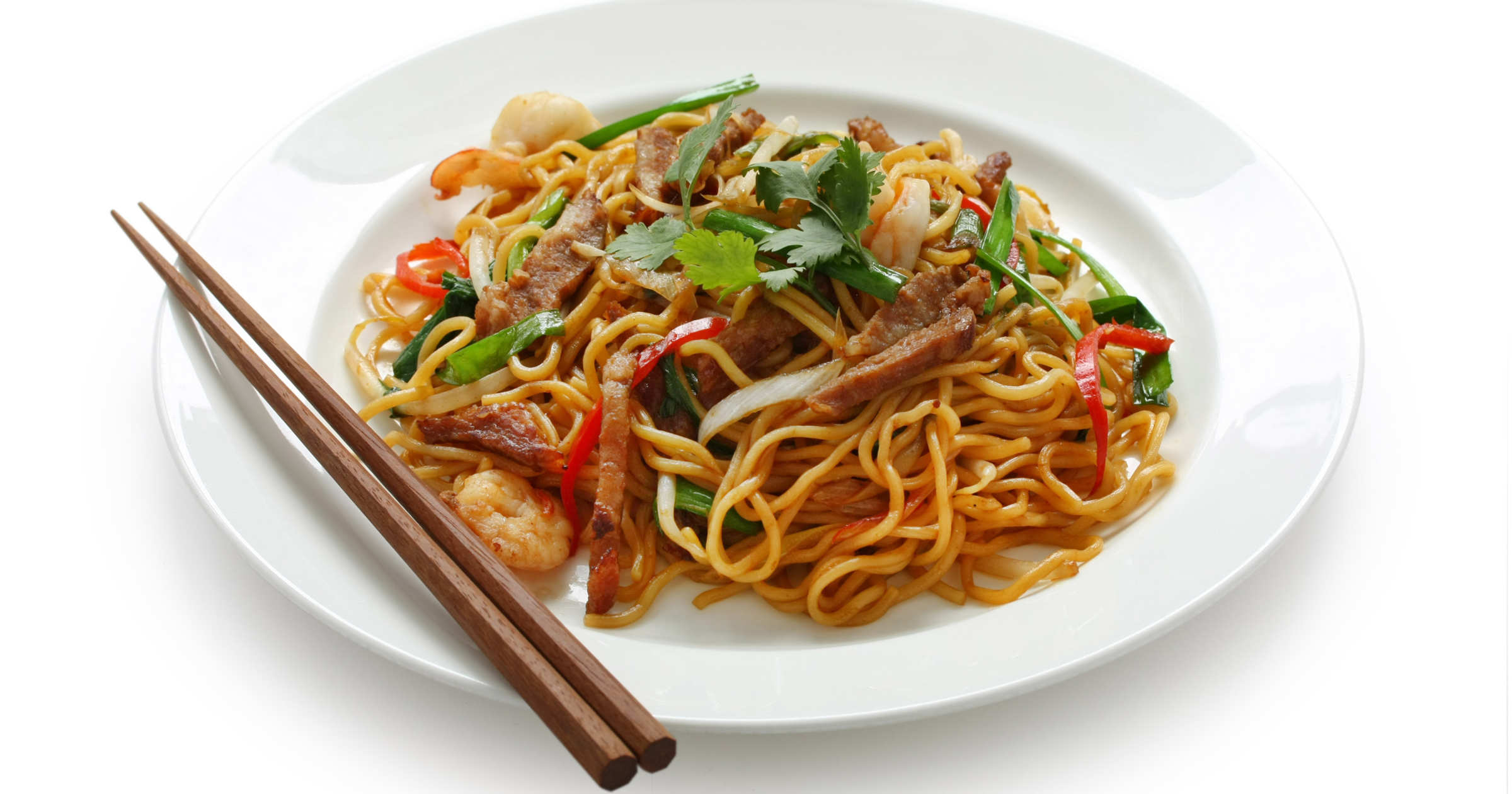
Chinese cuisine includes styles originating from the diverse regions of China, as well as from Chinese people in other parts of the world including most Asian nations. The history of Chinese cuisine in China stretches back for thousands of years and has changed from period to period and in each region according to climate, imperial fashions, and local preferences. Over time, techniques and ingredients from the cuisines of other cultures were integrated into the cuisine of the Chinese people due both to imperial expansion and from the trade with nearby regions in pre-modern times, and from Europe and the New World in the modern period.
A number of different styles contribute to Chinese cuisine but perhaps the best known and most influential are Cantonese cuisine, Shandong cuisine, Jiangsu cuisine (specifically Huaiyang cuisine) and Sichuan cuisine.These styles are distinctive from one another due to factors such as availability of resources, climate, geography, history, cooking techniques and lifestyle.One style may favour the use of garlic and shallots over chili and spices, while another may favour preparing seafood over other meats and fowl.
Rice is a major staple food for people from rice farming areas in southern China. Steamed rice, usually white rice, is the most commonly eaten form. Rice is also used to produce beers, wines and vinegars. Rice is one of the most popular foods in China and is used in many dishes.In wheat-farming areas in Northern China, people largely rely on flour-based food, such as noodles, breads, jiaozi (a kind of Chinese dumplings), and mantou (a type of steamed buns).
Cold dishes are usually served before the main meal. Besides salad and pickles as appetizers, they can range from jelly, beancurd, noodle salad, cooked meat, to jellyfish or cold soups.